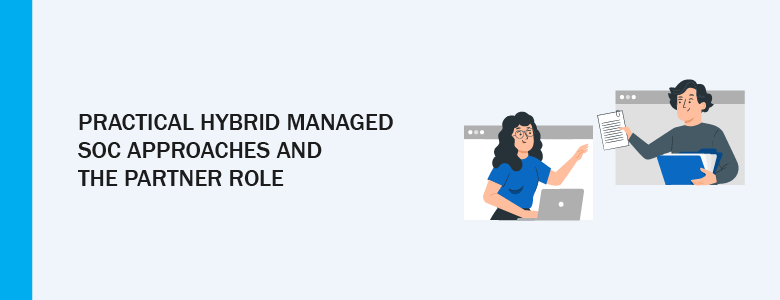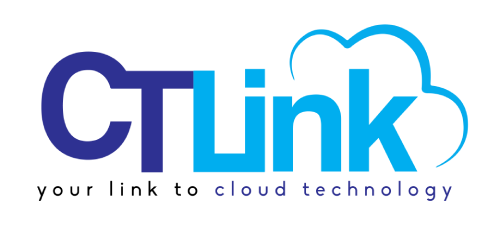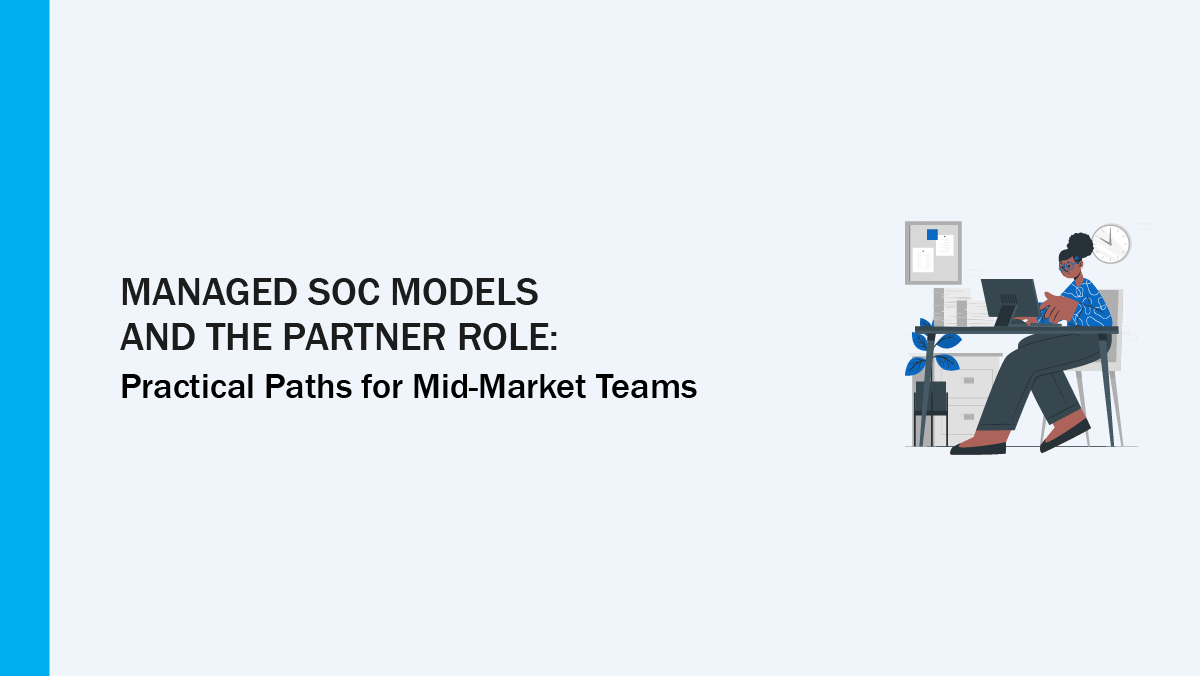A Managed SOC, or Managed Security Operations Center, brings monitoring, triage, and response together so incidents are detected and handled reliably. Mid-market teams often need a blend of internal control and external scale – a hybrid Managed SOC gives that balance, keeping key decisions in-house while outsourcing routine monitoring and 24/7 coverage.
Why hybrid Managed SOC models often make sense for mid-market firms

Many mid-market organizations face the same trade-offs: limited staff, growing alert volumes, and expectations for faster response. Building a full internal SOC can be costly, while fully outsourcing can feel like a loss of control. A hybrid Managed SOC model can reduce cost, retain governance, and bring specialist skills on demand.
Partners fill practical gaps, such as providing night shift coverage, tuning detections, or building connectors for Microsoft 365 and endpoint telemetry. Local partners can also provide language-sensitive incident communication and faster on-the-ground support when needed. CISA notes that managed SOC services can deliver 24×7 monitoring and incident response where in-house options are not feasible.
Practical hybrid Managed SOC approaches and the partner role

Here are four approachable hybrid Managed SOC approaches, with the partner responsibilities to expect and guidance on when each approach fits.
Co-managed Managed SOC (internal team plus partner operations)
A co-managed Managed SOC means the internal team and the partner share the work. The partner watches alerts, does first-level triage, and keeps systems running outside core hours. The internal team keeps final decisions about policy, sensitive investigations, and which incidents need business sign-off.
Choose this model when you already have some security staff, but need extra hands for nights, weekends, or surge events. It lets you keep control while outsourcing routine tasks, and it is a good way to build trust with a partner over time.
Vendor-integrated, partner-operated Managed SOC
In this approach the partner runs day-to-day monitoring, but they use the customer’s own tools and data. The partner ensures your M365 logs, endpoint telemetry, and email protection feed into their workflow, and they handle triage and initial response using those signals.
This model suits teams that want to keep their toolset and policies but do not want to operate 24/7 themselves. It reduces the work needed to maintain operations, while the customer retains architectural and policy control.
Partner-led escalation model
The partner focuses on detection and containment, then hands serious remediation tasks back to the customer. In practice the partner will detect a problem, enrich the alert with context, and stop any immediate spread. The internal team or another vendor then completes sensitive remediation that needs deep access.
Use this pattern when your team is strong at hands-on fixes but cannot maintain continuous detection. It keeps the best of both worlds – continuous watch plus internal control over sensitive actions.
Managed detection plus professional services – long-term partnership
This model pairs ongoing monitoring with regular project work from the partner. Alongside daily detection and triage, the partner delivers tuning, custom integrations, compliance help, and periodic exercises to keep the program improving.
Pick this option when you want a partner that grows with your organization, and can handle both operations and longer-term improvements. Over time the relationship shifts from first response to continuous improvement and strategic support.
How partners smooth the move from setup to steady operations

After a hybrid model is chosen, partners often focus on making the day-to-day work easier so the internal team can focus on higher-value activities. That practical help usually falls into three simple areas:
- Onboarding and integrations. Getting logs and data flowing from Microsoft 365, endpoints, email, and other relevant sources, and making sure analysts see consistent events in their SIEM and dashboards.
- Day-to-day monitoring and first response. Validating alerts, doing initial triage, and containing obvious issues so internal teams can take the next steps when needed.
- Continuous tuning and knowledge transfer. Refining detections, reducing noisy alerts, and sharing playbooks so the customer gains capability over time.
These activities are less about product sales and more about making operations repeatable and less hectic. They also lead naturally into governance and communication agreements, which help keep a hybrid arrangement working smoothly.
Better governance and clear incident communications

Good governance is simple and practical, not bureaucratic. Start by naming who makes which decisions and what access each party needs. A small RACI matrix keeps this clear. For example: Detection tuning, Partner – Responsible; Internal Security – Accountable; IT Operations – Consulted; Legal – Informed. Store playbooks and the change log in a shared repository so everyone can see updates and the reason for them.
Communications should be short and structured. Define three alert tiers – informational, escalation, and war room – and set clear thresholds for each. Use a single-threaded notification channel tied to your ticketing system so updates do not get lost in chat. A simple incident message template helps keep updates focused: Who is impacted, What happened, Business impact, Immediate action taken, Next steps and owner.
Practical items to agree at onboarding:
- RACI roles for detection, escalation, and remediation.
- Alert thresholds and SLA windows for triage and containment.
- Preferred communication channels and local-language update practices.
Interested in learning more about MSOC and how it can help you improve your business security? Contact us at marketing@ctlink.com.ph to learn more!

